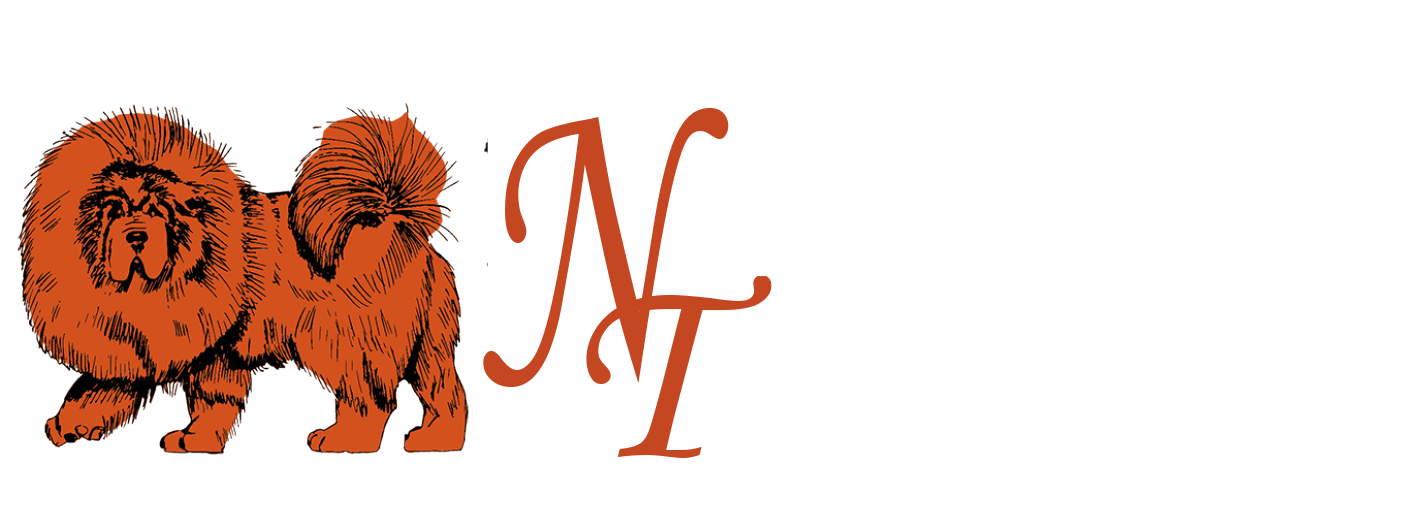TIBETAN MASTIFF. TYPES AND A BIT OF HISTORY
For the future owner, a Tibetan mastiff photo often becomes the only recommendation. People who are in love with the breed very often cannot visit this or that kennel, but choose a puppy for themselves from photos. We do not recommend doing this. Why?
When buying a puppy for many years, do not be lazy to visit the kennel and see how the dogs are kept, who the parents are and how they look in person. Very often the photos do not correspond to reality at all. Be sure to talk to the breeder! After all, you will not be born for one year. And if a person is not very pleasant to you, then think about buying a puppy from him. A real breeder will always help you, always respond to your pain and your problems. He becomes your close person.He will never refuse to help you, he will root for the puppy as for his child. He becomes your like-minded person.
We often see extraordinary, almost mythological creatures in photographs. And few people can remain indifferent to such beauty. There are many connoisseurs and fans who are in love with Tibetan mastiffs. This breed is characterized as “luxury of China”. Although we do not really like the definition of TM as luxury – this dog is not the same, there is not even a gram of glamour and fragility in it, but we have to admit that it is difficult to describe the exterior of a mastiff with more masculine, but with the same degree of admiration, words.
Many people who became interested in the breed and began to study it often have a question why the Tibetan mastiff dogs are so different. Some photos depict angry giants with a lion’s mane, others show shaggy, but without a mane, “good-natured sad philosophers”, and still others show short-haired dogs similar to sheepdogs. There are heated debates among breeders. Who is the real Tibetan mastiff? For beginners, such differences make them doubt the pedigree of a particular type. And the reality is this. All these types are Tibetan Mastiff!!! And the future owner of the puppy needs to decide what he likes best.. A huge, maned lion or a not so woolly tiger, etc. All these different dogs are Tibetan mastiffs.
We know two varieties of TM “mastiff-like” and “shepherd-like” As well as several types.
HISTORICAL TYPES OF THE TIBETAN MASTIFF
Breeders and owners in the homeland of the breed were engaged in breeding in terms of functions and character formation. Dogs were supposed to guard cattle, housing, monasteries. Much less attention was paid to the constancy of size, type, color and coat.
There were different destinations for the Tibetan mastiff in different provinces. Large and formidable dogs guarded the peace of monasteries, while lighter and more agile ones grazed herds of animals, accompanied travelers and caravans. The isolation of the territory made it possible to preserve this breed in its original state until our time. There are historical confirmations of the existence of various varieties (subspecies) of Tibetan dogs. These are “Tsang-hi”, “do-hi”, “lion type”, “Tiger type”, “snow type”, “Himalayan shepherd dog”, “bhotia”, “Banjar mastiff”, etc. We will focus on the three most common and familiar types
Valley Tibetan mastiff – “tsang-hi”
“Tsang-hi” is a Tibetan mastiff whose photos make a particularly strong impression. In Tibet, the Valley TM is bred and found in the South, in mountainous areas. These are very large, watchdogs. Tsang-hee is valued for his guarding abilities and a handsome, desirable type. The growth of males exceeds 75cm, and females 70cm. They have a large head with a pronounced occipital protuberance, two folds on the muzzle. Thick and long ears, deep-set eyes with a blinking red membrane. The upper lip hangs freely, a full-fledged mane, a wide and straight back. This type is characterized by the colors black and tan, black, white markings are possible, Other colors indicate that there was mixing with other types.
Tsang-hee is characterized by the following features
1) Excellent ability to protect property
2) A special, sonorous and very deep voice
3) The character is regal, proud and independent.
4) Power and beauty
Plateau Tibetan mastiff – “dro-hi”
Plateau Tibetan mastiff or “dro-hi” it means a Tibetan mastiff living in the steppe or pasture. This type is characterized by:
1) Large size. Males over 73cm, females over 65cm. Large head, ears smaller than the “Tsang-hee”. There are two folds on the muzzle. Suspension on the neck.The back is smooth and wide
2) The main color is black and tan, black and golden. But there are other colors.
3) The wool is voluminous and long
4) Good watchdog and shepherd qualities.
5) Higher barking than “Tseng-hee”
Lion Tibetan Mastiff
The lion type of mastiff is quite common in China. It is these Tibetan mastiffs that photos suggest a comparison of a dog with a lion — a large mane, an expressive head. Bright representatives of the breed. The harcter in dogs of this type is quite complex. They are very distrustful of strangers. For them, the most important thing is the protection of the territory. A formidable watchman, but at the same time very devoted to the family and affectionate to children. This type is characterized by the following features:
1) The height of males is not more than 70cm, and females are not more than 65cm
2) The character is wary, aggressive
3) The head is rounder, larger with a short muzzle.
4) The body is longer, the back is wide.
5) The mane is not so noticeable, since all the hair is long and fluffy
6) Color can be any
If we talk about the breed and the evaluation of the dog, then the TYPE is the main evaluation criterion.
Are you having trouble choosing a Tibetan mastiff puppy? Write to us and we will help you decide on the selection of a puppy!
